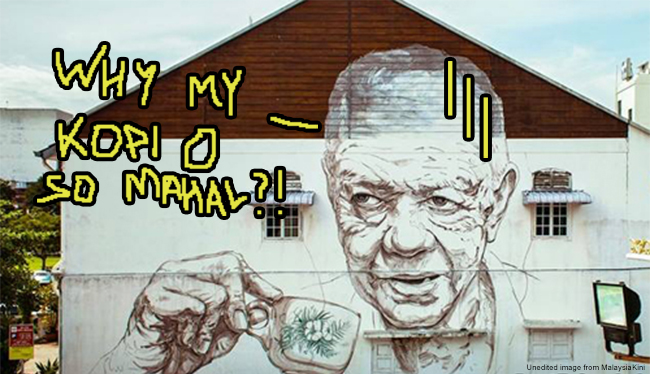Penang developers just erased a 138-year gesture of love from a Kapitan to his wife
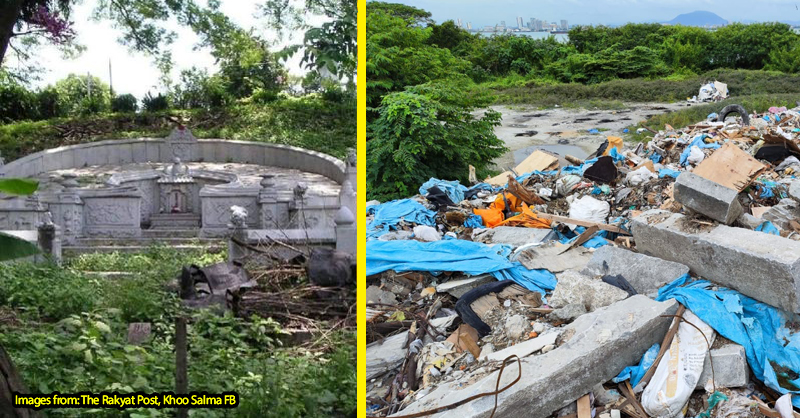
- 352Shares
- Facebook309
- Twitter6
- LinkedIn7
- Email8
- WhatsApp15
For a while, Penangites were expressing their concern that a historic 138-year old grave belonging to Foo Teng Nyong, situated in Mount Erskine, Penang, was to be demolished. Unfortunately, that was exactly what happened in August 2022. What’s more is that it was done illegally, without the knowledge or consent of the grave-dweller’s descendant:
“…my greatest fear has come to pass. It is now gone. For good.” – Jeffery Seow, descendant of Foo Teng Nyong
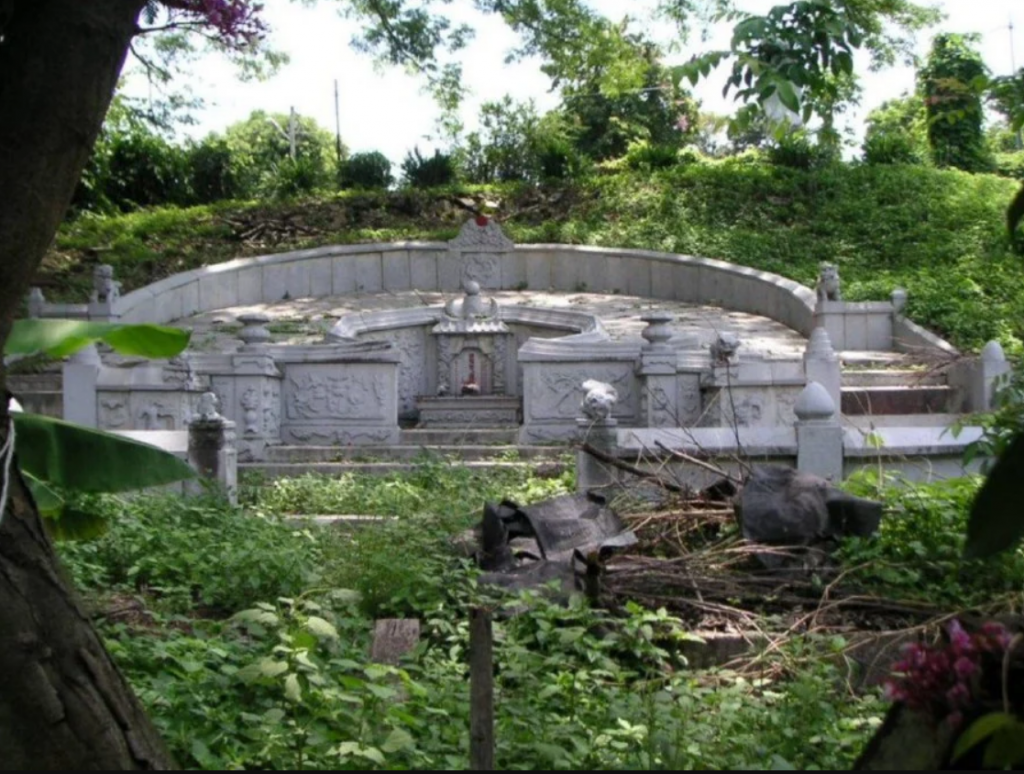
But just what was the significance of this grave? Well…
Foo Teng Nyong was the 3rd wife of one of the most powerful Kapitans in Malaya
While we could find next to nothing about Foo herself (even bigger shame now that her grave is no more), her husband’s life was definitely well-documented. And this man could well have been the most influential Chinese Kapitan in Malayan/Malaysian history.
His name was Chung Keng Kwee (dubbed ‘Kapitan China’ by the British), and he was the founder of Taiping, Perak. He is most known for being the leader of the Hai San Secret Society. Yes, that Hai San from your Sejarah textbook. But we’ll get back to them in a bit, because they’re really important to this story.
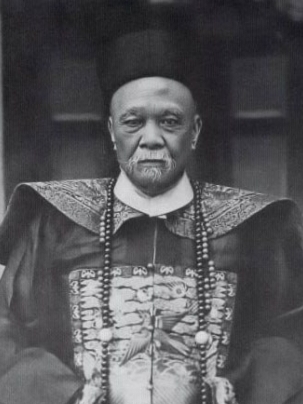
Anyway, Chung’s exact birth date is unknown, but what we do know is that he was born into a peasant Hakka family in Guangdong, China, before leaving his wife to take care of his aging mother, Madam Lai. He later joined his father and brother in Perak, and began taking part in their lucrative tin mining business there.
Not much is known of his career beyond that, but…
Chung later rose the ranks to become the leader of Penang’s Hakka societies
In the 1860s, two large Chinese groups were formed, namely, the Hakka “Five Associations” (Go-Kuan) and the Cantonese “Four Associations” (Si-Kuan). And Chung, being arguably the most prominent Hakka man at the time, became the leader of the Go-Kuan (and by extension, their allies, the Hai San).
Under Chung’s leadership, Larut flourished, and became the destination of choice for Hakka Chinese fleeing the Taiping Rebellion in China. Soon, he had over 15,000 coolies under his command. And he would soon need those numbers, because they were about to go to war…
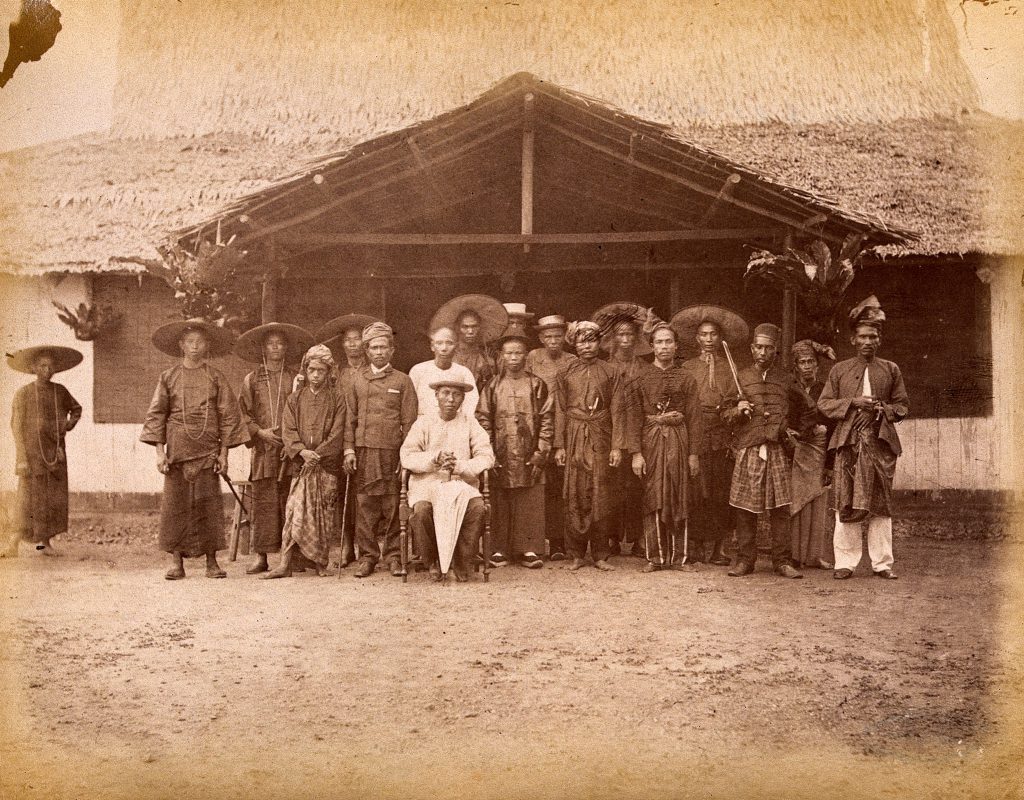
By that time, tensions were already brewing between the Hai San and their rivals, the Ghee Hin, who owned the Cantonese Si-Kuan. And these guys really didn’t like each other; in fact, they’d already been fighting for some years by then in Guangdong itself, so, put these two in Malaya together, and it was only a matter of time before someone lit the fuse.
And that was exactly what happened.
They went to war not one, not two, but FOUR times
Ok, there’s four of these things, so we won’t go into all of them in detail, but we’ll summarize each one to save time:
First Larut War (1861-1862): Started over a dispute over ownership of waterways leading to their mines (TL; DR “this waterway is mine!” Geddit?).
Second Larut War (1865): Started over a gambling dispute (TL; DR: “this money is mine!). A Hai San gambler stabbed a Ghee Hin gambler. The fighting killed many, and even spread as far as Province Wellesley, Penang.

Third Larut War (1871-1872): This time, it was over a girl. namely, a Hai San girl, who was having an affair with Ghee Hin leader Lee Ah Kun (TL; DR: “this girl is…” ok sorry, no more).
Fourth Larut War (1873): Barely a year after the last war, the Ghee Hin, now supported by his enemy Raja Abdullah, counter-attacked with reinforcements from Singapore and China. At this point, even Malay residents were being killed by the droves, and now it was a full-on Game of Thrones climax for the throne of Perak. Finally, the Larut Wars were ended with the Pangkor Agreement of 1874, which Chung signed on behalf of 26 heads of the Chinese Secret Societies.
And on top of all that, Chung was granted the title of ‘Kapitan China’ by the British and the town of Klian Pauh was renamed Taiping (‘everlasting peace’ in Hokkien) to commemorate the truce between the societies. Kind of ironic, considering the original Taiping in China was where all the fighting began, but that’s history for you. There’s even a street in Penang named after him: Keng Kwee Street.
As for his wife Foo Teng Nyong, not much is known about her life (there aren’t even any pictures of her), though she did also give birth to Chung Thye Phin, who took over his father’s business after he died (we might write about him too in the future). Tragically, Foo died in childbirth at the age of 33 in 1884.
Her grave was dubbed Penang’s ‘Taj Mahal’, as it was built to show Chung’s love for her
It’s a sad thing that there’s so little information available on Foo, besides the fact that she was the wife of the pioneer of Taiping. What we can assume is that Chung loved her very much, as he built her grave to symbolize that. But what’s even sadder is that Chung’s final gift to his late wife has been demolished, meaning that what little that we have left of her already-scarce life history has been wiped out forever.
Understandably, this act angered Penang’s heritage activists:

With that being said, the Penang government has issued a stop-work order to the developers, and are currently investigating the situation. But perhaps it’s too little too late, as the damage has been done. The destruction of Foo’s grave raises an important question: is our history and heritage really worth that little?
- 352Shares
- Facebook309
- Twitter6
- LinkedIn7
- Email8
- WhatsApp15

